2,6-Dibromo-4-nitroaniline
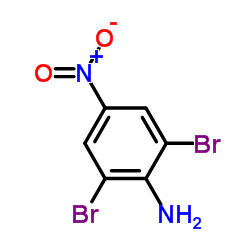
2,6-Dibromo-4-nitroaniline structure
|
Common Name | 2,6-Dibromo-4-nitroaniline | ||
|---|---|---|---|---|
| CAS Number | 827-94-1 | Molecular Weight | 295.916 | |
| Density | 2.2±0.1 g/cm3 | Boiling Point | 366.8±37.0 °C at 760 mmHg | |
| Molecular Formula | C6H4Br2N2O2 | Melting Point | 205-207 °C(lit.) | |
| MSDS | Chinese USA | Flash Point | 175.6±26.5 °C | |
| Symbol |

GHS07 |
Signal Word | Warning | |
| Name | 2,6-Dibromo-4-nitroaniline |
|---|---|
| Synonym | More Synonyms |
| Density | 2.2±0.1 g/cm3 |
|---|---|
| Boiling Point | 366.8±37.0 °C at 760 mmHg |
| Melting Point | 205-207 °C(lit.) |
| Molecular Formula | C6H4Br2N2O2 |
| Molecular Weight | 295.916 |
| Flash Point | 175.6±26.5 °C |
| Exact Mass | 293.863922 |
| PSA | 71.84000 |
| LogP | 3.47 |
| Vapour Pressure | 0.0±0.8 mmHg at 25°C |
| Index of Refraction | 1.698 |
| Stability | Stable. Incompatible with strong oxidizing agents, acids and acid chlorides, chloroformates. |
CHEMICAL IDENTIFICATION
HEALTH HAZARD DATAACUTE TOXICITY DATA
|
| Symbol |

GHS07 |
|---|---|
| Signal Word | Warning |
| Hazard Statements | H302 + H312 + H332 |
| Precautionary Statements | P261-P280-P301 + P312 + P330 |
| Personal Protective Equipment | dust mask type N95 (US);Eyeshields;Gloves |
| Hazard Codes | Xi:Irritant; |
| Risk Phrases | R36/37/38 |
| Safety Phrases | S36-S37/39-S26 |
| RIDADR | 2811 |
| WGK Germany | 3 |
| RTECS | BX2599000 |
| Packaging Group | I; II; III |
| Hazard Class | 6.1 |
| HS Code | 2921420090 |
| Precursor 9 | |
|---|---|
| DownStream 10 | |
| HS Code | 2921420090 |
|---|---|
| Summary | HS:2921420090 aniline derivatives and their salts VAT:17.0% Tax rebate rate:9.0% Supervision conditions:none MFN tariff:6.5% General tariff:30.0% |
|
Development of simple and sensitive spectrophotometric method for the determination of bendiocarb in its formulations and environmental samples.
Environ. Monit. Assess. 127(1-3) , 67-72, (2007) Facile, selective and sensitive spectrophotometric method has been developed for the determination of bendiocarb in its insecticidal formulations, fortified water, food grains, agriculture wastewater ... |
|
|
Substituent effects on the colour, dyeing and fastness properties of 4-phenylazo-1-naphthylamines and of 2-acetylamino-5-methoxy-4-N-ß-cyanoethyl-N-ß-hydroxyethylaminoazobenzene. Peters AT.
J. Soc. Dyers Colourists 104(9) , 344-348, (1988)
|
|
|
Synthesis of 7-Bromo-5-iodo-4-oxo-1, 4-dihydroquinoline-2-carboxylic acid. Dumont F and Slegers G.
Bull. Soc. Chim. Belg. 104(8) , 505-7, (1995)
|
| Benzenamine, 2,6-dibromo-4-nitro- |
| 2,6-dibromo-4-nitrobenzenamine |
| 2,6-dibromo-4-nitrophenylamine |
| 2 6-DIBROMO-4-NITROANILINE |
| 2,6-DIBROMO-4-NITRO ANILINE |
| 2,6-dibromo-p-nitroaniline |
| 4-Nitro-2,6-dibromoaniline |
| EINECS 212-577-8 |
| 2,6-dibromo-4-nitro-benzenamin |
| (2,6-dibromo-4-nitrophenyl)amine |
| 2,6-bibromo-4-nitroaniline |
| 2,6-dibromo-4-nitro-anilin |
| 2,4,6-TRIBROMOANILINE |
| 2,6-Dibromo-4-nitroa |
| 2,5-BIS(TRIFLUOROMETHYL)PHENYLACETIC ACID |
| 1-amino-2,6-dibromo-4-nitrobenzene |
| MFCD00007639 |
| 2,6-Dibromo-4-nitroaniline |
| 2,5-BIS(TRIFLUOROMETHYL)PHENOL |
| 2,6-DIBROOMO-4-NITROANILINE |
| 2,6-dibromo-4-nitro-aniline |
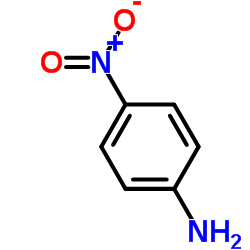 CAS#:100-01-6
CAS#:100-01-6 CAS#:13296-94-1
CAS#:13296-94-1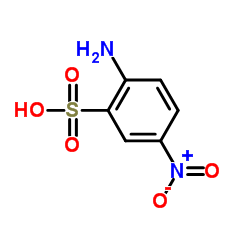 CAS#:96-75-3
CAS#:96-75-3 CAS#:31106-74-8
CAS#:31106-74-8 CAS#:3460-20-6
CAS#:3460-20-6 CAS#:54381-71-4
CAS#:54381-71-4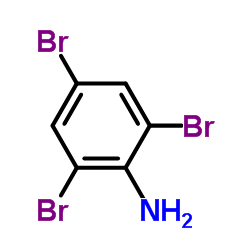 CAS#:147-82-0
CAS#:147-82-0 CAS#:20024-98-0
CAS#:20024-98-0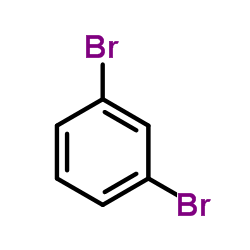 CAS#:108-36-1
CAS#:108-36-1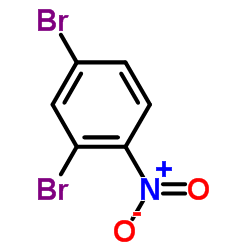 CAS#:51686-78-3
CAS#:51686-78-3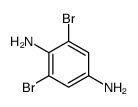 CAS#:29213-03-4
CAS#:29213-03-4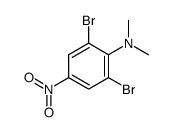 CAS#:24402-71-9
CAS#:24402-71-9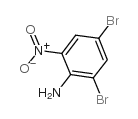 CAS#:827-23-6
CAS#:827-23-6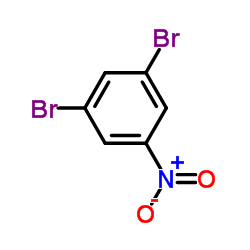 CAS#:6311-60-0
CAS#:6311-60-0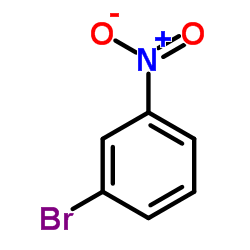 CAS#:585-79-5
CAS#:585-79-5 CAS#:56990-02-4
CAS#:56990-02-4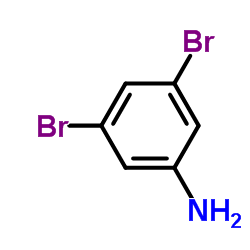 CAS#:626-40-4
CAS#:626-40-4 CAS#:626-39-1
CAS#:626-39-1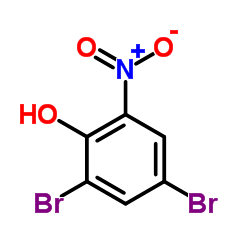 CAS#:15969-09-2
CAS#:15969-09-2
